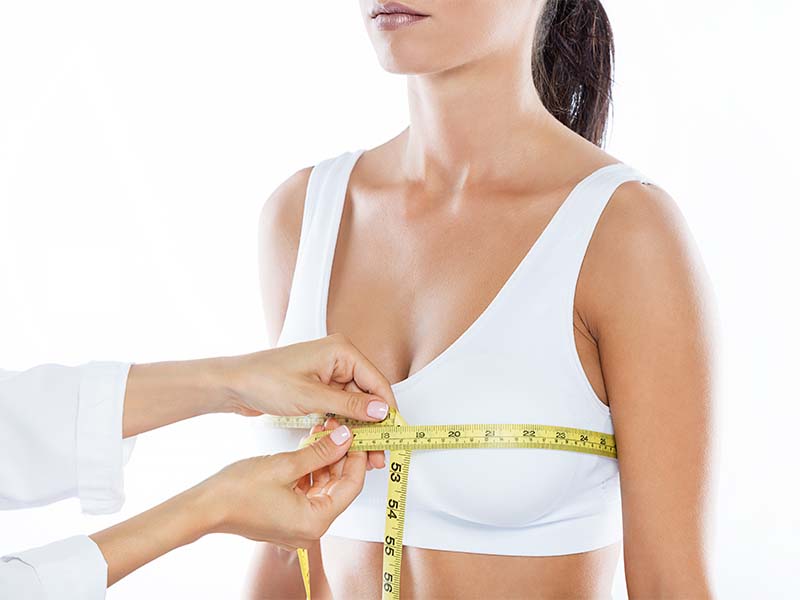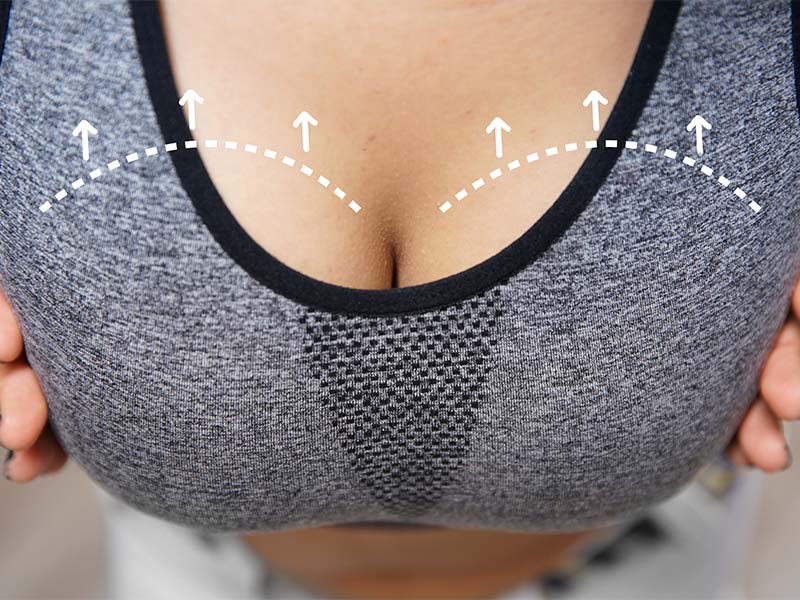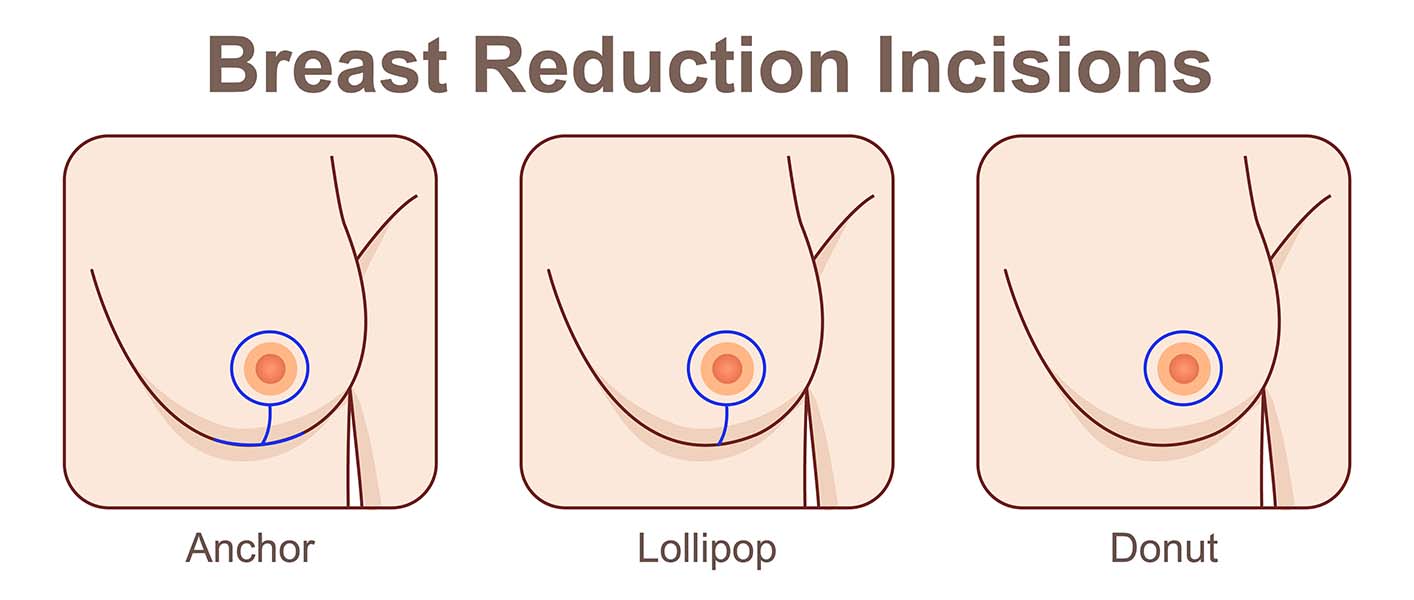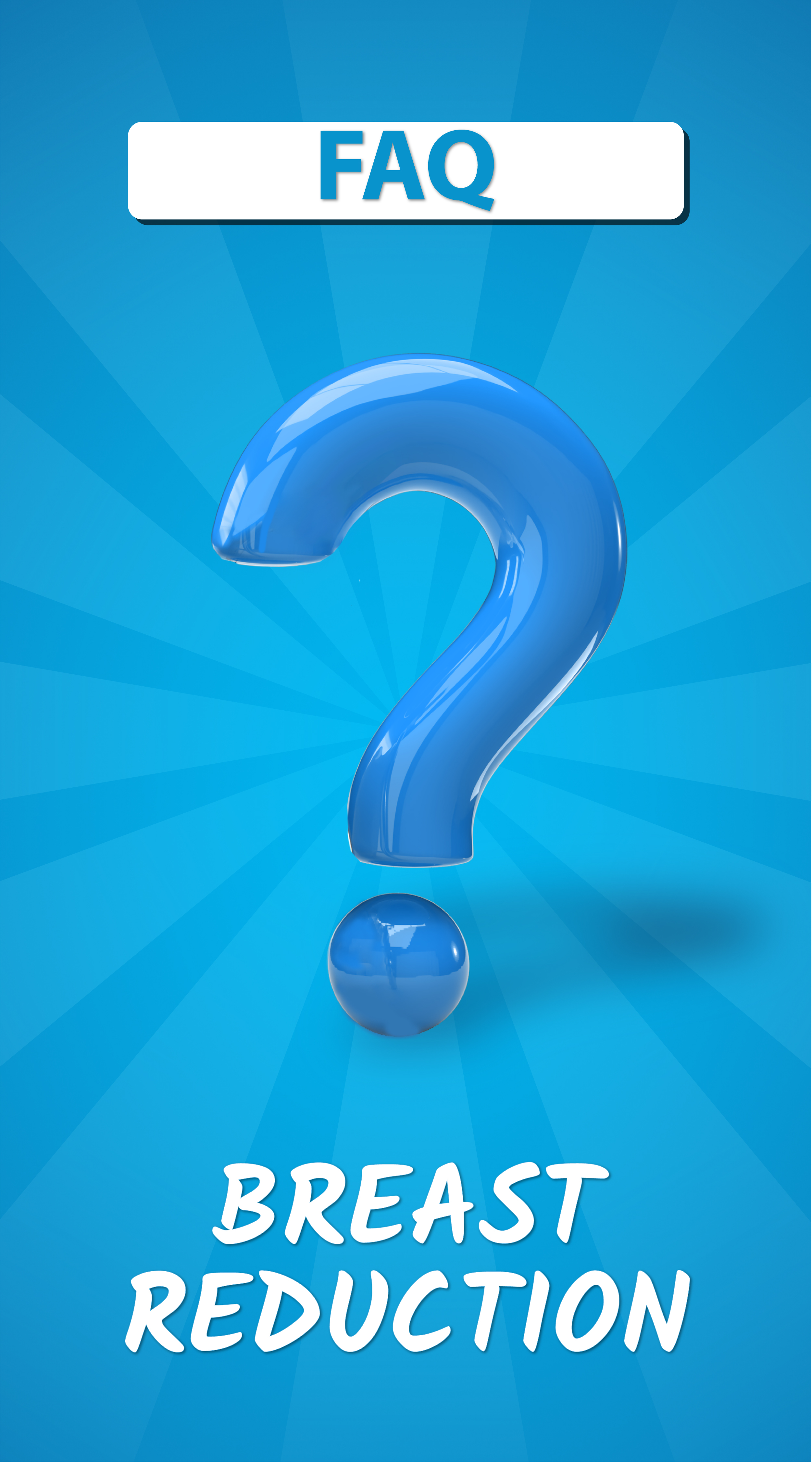Mammaplasty, commonly referred to as breast reduction is a procedure to remove excess breast fat, glandular tissue and skin to achieve a breast size more in proportion with your body and to alleviate the discomfort associated with excessively large breasts called macromastia. Disproportionately large breasts can cause both physical and emotional distress for women. The resulting pain can make it challenging for some women to perform common physical activities. Although breast reduction is often performed to address medical issues, patients who do not have the symptoms of macromastia but are unhappy with the size of their breasts can still pursue breast reduction as an aesthetic procedure. Patients choosing to undergo breast reduction surgery for cosmetic reasons may cite any number of factors, including social stigmas and wardrobe concerns.
For a breast reduction surgery, there is no cup size threshold which makes it right for anybody who can benefit from the procedure. Also, it's not only for women who have had large breasts since puberty. Bodies change over time, and the need for a reduction can increase as well.




-021.jpg)